Home>Dining>Tableware>What Size Drill Bit Is Used For Salt And Pepper Shakers?
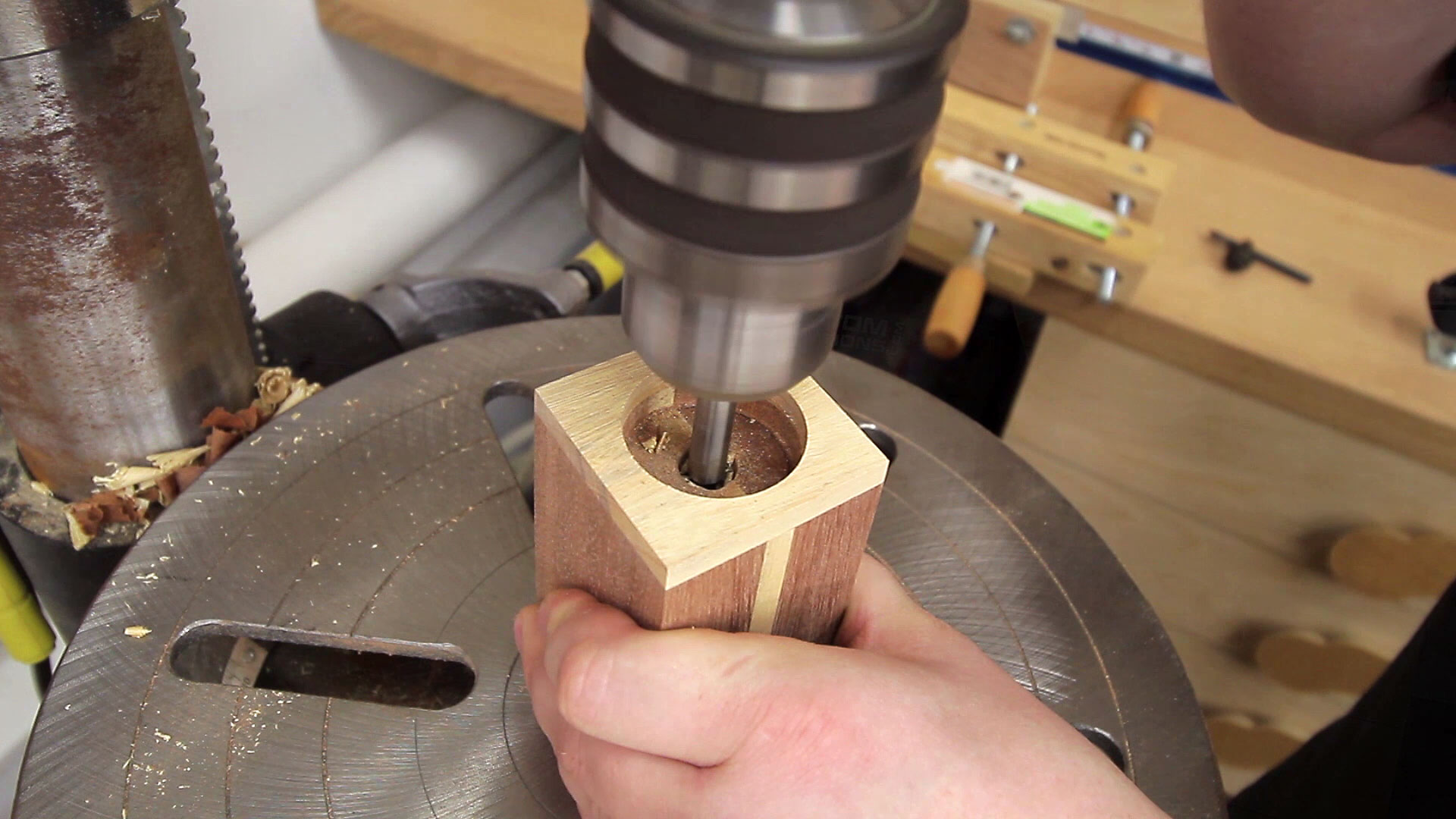

Tableware
What Size Drill Bit Is Used For Salt And Pepper Shakers?
Modified: February 24, 2024
Find the perfect drill bit size for your salt and pepper shakers with our comprehensive guide. Explore the best options for drilling holes in tableware.
(Many of the links in this article redirect to a specific reviewed product. Your purchase of these products through affiliate links helps to generate commission for Storables.com, at no extra cost. Learn more)
Introduction
When it comes to tableware, salt and pepper shakers are essential accessories for any dining experience. These small containers hold the spices that add flavor and seasoning to our meals. If you’ve ever wondered about the process of drilling holes in salt and pepper shakers or what size drill bit to use, you’ve come to the right place.
Drilling holes in salt and pepper shakers may seem like a straightforward task, but there are several factors to consider. In this article, we will explore the different materials used for salt and pepper shakers, the necessary tools and materials for drilling, and provide guidance on the appropriate drill bit sizes for various materials.
Whether you are a DIY enthusiast, a collector of unique salt and pepper shakers, or a restaurant owner looking to add a personal touch to your table setting, understanding the drilling process and the correct drill bit sizes is crucial to ensure a successful outcome.
So, let’s delve into the world of drilling salt and pepper shakers and discover the secrets behind selecting the right drill bit size for this endeavor.
Key Takeaways:
- Choose the right drill bit size based on the material of your salt and pepper shakers. For glass or ceramic, use diamond-tipped bits, while high-speed steel or cobalt bits are suitable for plastic or metal.
- Prioritize safety, start with smaller drill bits, and gradually increase size if needed. Secure the shakers in place and use proper drilling techniques to create personalized salt and pepper shakers.
Factors to Consider Before Drilling
Before you begin drilling holes in your salt and pepper shakers, there are a few important factors to consider. These factors will greatly influence the drilling process and the overall success of your project. Let’s take a closer look at what you need to keep in mind:
- Material: Salt and pepper shakers can be made from various materials such as glass, ceramic, plastic, or metal. The material of your shaker will determine the type of drill bit you should use and the drilling technique required. Each material has its own unique properties, so it’s important to choose the right drill bit that can effectively cut through the specific material.
- Thickness: The thickness of the salt and pepper shakers’ walls is another crucial factor. Thicker materials may require a more powerful drill and a larger drill bit. Thinner materials, on the other hand, may require a delicate touch to prevent cracks or breakage.
- Size of the Hole: Consider the size of the hole you want to drill. This will depend on your personal preference and the type of salt and pepper you plan to use. Coarse salt or larger pepper flakes may require a larger hole, while fine salt or ground pepper may require a smaller hole. It’s important to choose a drill bit size that matches your desired hole diameter.
- Location: Think about where you want to drill the holes in your salt and pepper shakers. The location of the holes will affect both the functionality and aesthetics of the shakers. It’s important to plan the placement of the holes carefully to ensure easy access to the spices while also maintaining a visually appealing design.
- Drilling Technique: Different materials may require different drilling techniques. For example, glass or ceramic may require a slower drilling pace and the use of water as a lubricant to prevent heat buildup and cracking. Plastic or metal, on the other hand, may allow for faster drilling speeds. Research the appropriate drilling technique for the material you are working with to ensure the best results.
By considering these factors before drilling, you can ensure that your drilling process goes smoothly and that your salt and pepper shakers are both functional and aesthetically pleasing.
Materials Needed for Drilling
Before you embark on your drilling project for salt and pepper shakers, you will need to gather the necessary tools and materials. Having the right equipment on hand will ensure a smooth and successful drilling process. Here are the essential items you will need:
- Salt and Pepper Shakers: Of course, you will need the salt and pepper shakers themselves. Choose the ones you want to drill carefully, considering the factors mentioned earlier.
- Drill: A power drill is a must-have tool for drilling holes. It is recommended to use a corded or cordless drill with variable speed settings. This allows you to adjust the drilling speed based on the material you are working with.
- Drill Bits: Selecting the right drill bits is crucial for achieving precise and clean holes. The type of drill bit you need will depend on the material of your salt and pepper shakers. For instance, if you are working with glass or ceramic, diamond-tipped drill bits are recommended, while high-speed steel or cobalt drill bits are suitable for metal shakers. It is advisable to have a range of drill bit sizes to accommodate different hole diameter requirements.
- Clamps or Vice: These tools can help secure the salt and pepper shakers in place, preventing them from moving or spinning during the drilling process. This ensures accuracy and reduces the risk of injury.
- Lubricant: For materials like glass or ceramic, using a lubricant such as water or cutting oil is important. It helps to keep the temperature down and reduces the risk of cracking or shattering when drilling.
- Protective Gear: Always prioritize safety. Wear safety glasses to protect your eyes from flying debris or shards while drilling. Additionally, consider wearing gloves to safeguard your hands.
- Marker or Tape: Use a marker or tape to mark the drilling spots on the salt and pepper shakers. This helps ensure accuracy and consistency in hole placement.
- Work Surface: Set up a stable work surface to place your salt and pepper shakers during the drilling process. A sturdy table or workbench will provide a secure and comfortable drilling environment.
By having these materials ready, you will be well-equipped to begin the drilling process for your salt and pepper shakers.
Use a 3/8 inch drill bit for standard salt and pepper shaker tops. This size is commonly used for creating the right size hole for the shaker tops to fit securely.
Suggested Drill Bit Sizes for Different Materials
Choosing the right drill bit size is crucial for effectively drilling holes in salt and pepper shakers made from different materials. Here are some suggested drill bit sizes for common materials:
- Glass: When drilling holes in glass salt and pepper shakers, it is recommended to use diamond-tipped drill bits. For smaller holes, a 1/8-inch (3.2mm) or 3/16-inch (4.8mm) drill bit is suitable. For larger holes, you can use a 1/4-inch (6.4mm) or 3/8-inch (9.5mm) drill bit.
- Ceramic: Similar to glass, diamond-tipped drill bits are also ideal for drilling ceramic salt and pepper shakers. For small holes, a 1/8-inch (3.2mm) or 3/16-inch (4.8mm) drill bit can be used. For larger holes, a 1/4-inch (6.4mm) or 3/8-inch (9.5mm) drill bit may be suitable.
- Plastic: For plastic salt and pepper shakers, high-speed steel or cobalt drill bits are recommended. The suggested drill bit sizes can vary depending on the thickness of the plastic. For smaller holes, a 1/8-inch (3.2mm) or 3/16-inch (4.8mm) drill bit is appropriate. For larger holes, a 1/4-inch (6.4mm) or 3/8-inch (9.5mm) drill bit can be used.
- Metal: When drilling through metal salt and pepper shakers, high-speed steel or cobalt drill bits are the most suitable. The recommended drill bit sizes for metal can range from 1/8-inch (3.2mm) to 3/8-inch (9.5mm) depending on the desired hole diameter.
- Wood: If you have wooden salt and pepper shakers, regular twist drill bits can be used. The drill bit sizes will depend on the thickness of the wood and the desired hole diameter. Common sizes include 1/8-inch (3.2mm), 3/16-inch (4.8mm), 1/4-inch (6.4mm), and 3/8-inch (9.5mm).
Keep in mind that these suggested drill bit sizes are guidelines and may vary depending on the specific project and the size of the holes you wish to drill. It is always a good practice to start with a smaller drill bit and gradually increase the size if needed, to ensure precision and minimize the risk of damaging the material.
Remember to take proper precautions and follow safety guidelines while drilling regardless of the material you are working with.
Drill Bit Size for Salt and Pepper Shakers
When it comes to drilling holes in salt and pepper shakers, the appropriate drill bit size depends on various factors such as the material of the shakers, the desired hole diameter, and personal preference. Here are some general guidelines to help you choose the right drill bit size:
- Glass or Ceramic Shakers: For glass or ceramic shakers, diamond-tipped drill bits are recommended. Choose a drill bit size based on the desired hole diameter. A 1/8-inch (3.2mm) or 3/16-inch (4.8mm) drill bit is suitable for smaller holes, while a 1/4-inch (6.4mm) or 3/8-inch (9.5mm) drill bit can be used for larger holes. If you are uncertain, start with a smaller drill bit and gradually increase the size if needed.
- Plastic Shakers: Plastic shakers can be drilled using high-speed steel or cobalt drill bits. The drill bit size will depend on the thickness of the plastic and the desired hole diameter. Typically, a 1/8-inch (3.2mm) or 3/16-inch (4.8mm) drill bit is appropriate for smaller holes, while a 1/4-inch (6.4mm) or 3/8-inch (9.5mm) drill bit may be suitable for larger holes.
- Metal Shakers: High-speed steel or cobalt drill bits are recommended for drilling through metal shakers. The appropriate drill bit size can range from 1/8-inch (3.2mm) to 3/8-inch (9.5mm) depending on the desired hole diameter. Consider the thickness of the metal and adjust the drill bit size accordingly.
- Wooden Shakers: Wooden shakers can be drilled using regular twist drill bits. The drill bit size will depend on the thickness of the wood and the desired hole diameter. Common sizes include 1/8-inch (3.2mm), 3/16-inch (4.8mm), 1/4-inch (6.4mm), and 3/8-inch (9.5mm). Select the appropriate drill bit size based on your specific requirements.
Remember, these recommendations are general guidelines, and it’s important to adapt them to your specific project. Consider the thickness of the shaker walls, the type of spice you plan to use, and your personal preference for hole size. Always start with a smaller drill bit and test it on a small area before drilling the final hole to ensure the best results.
Additionally, be sure to follow safety precautions such as wearing protective eyewear and securing the shakers in a stable position during the drilling process. Take your time, be patient, and enjoy the process of customizing your salt and pepper shakers to your liking.
Read more: How To Use Salt And Pepper Shakers
Conclusion
Drilling holes in salt and pepper shakers can be a fun and rewarding DIY project that allows you to personalize your tableware and enhance your dining experience. By considering the factors discussed in this article, such as the material of the shakers, the thickness of the walls, the desired hole size, and the appropriate drilling technique, you can achieve successful results.
Remember to gather the necessary materials, including the appropriate drill bits for different materials, a power drill with variable speed settings, clamps or a vice for stability, lubricant for certain materials, and protective gear for your safety.
Having a clear understanding of the suggested drill bit sizes based on the material of your salt and pepper shakers is essential. For glass or ceramic, diamond-tipped drill bits are recommended, while high-speed steel or cobalt drill bits are suitable for plastic or metal. Wooden shakers can be drilled using regular twist drill bits.
It is important to approach the drilling process with caution and precision. Take your time, start with smaller drill bits, and gradually increase the size if needed. Secure the shakers in place and use proper drilling techniques, such as using lubricant for certain materials like glass or ceramic. Prioritize safety and wear protective gear, such as safety glasses and gloves, to prevent injury.
By following these guidelines and considering the specific requirements of your project, you can create beautifully customized salt and pepper shakers that add a touch of personalization to your dining table.
Now that you have the knowledge and tools at your disposal, it’s time to embark on your drilling journey and elevate your tableware to a new level of style and functionality. Enjoy the process and savor the satisfaction that comes with creating something unique.
Frequently Asked Questions about What Size Drill Bit Is Used For Salt And Pepper Shakers?
Was this page helpful?
At Storables.com, we guarantee accurate and reliable information. Our content, validated by Expert Board Contributors, is crafted following stringent Editorial Policies. We're committed to providing you with well-researched, expert-backed insights for all your informational needs.
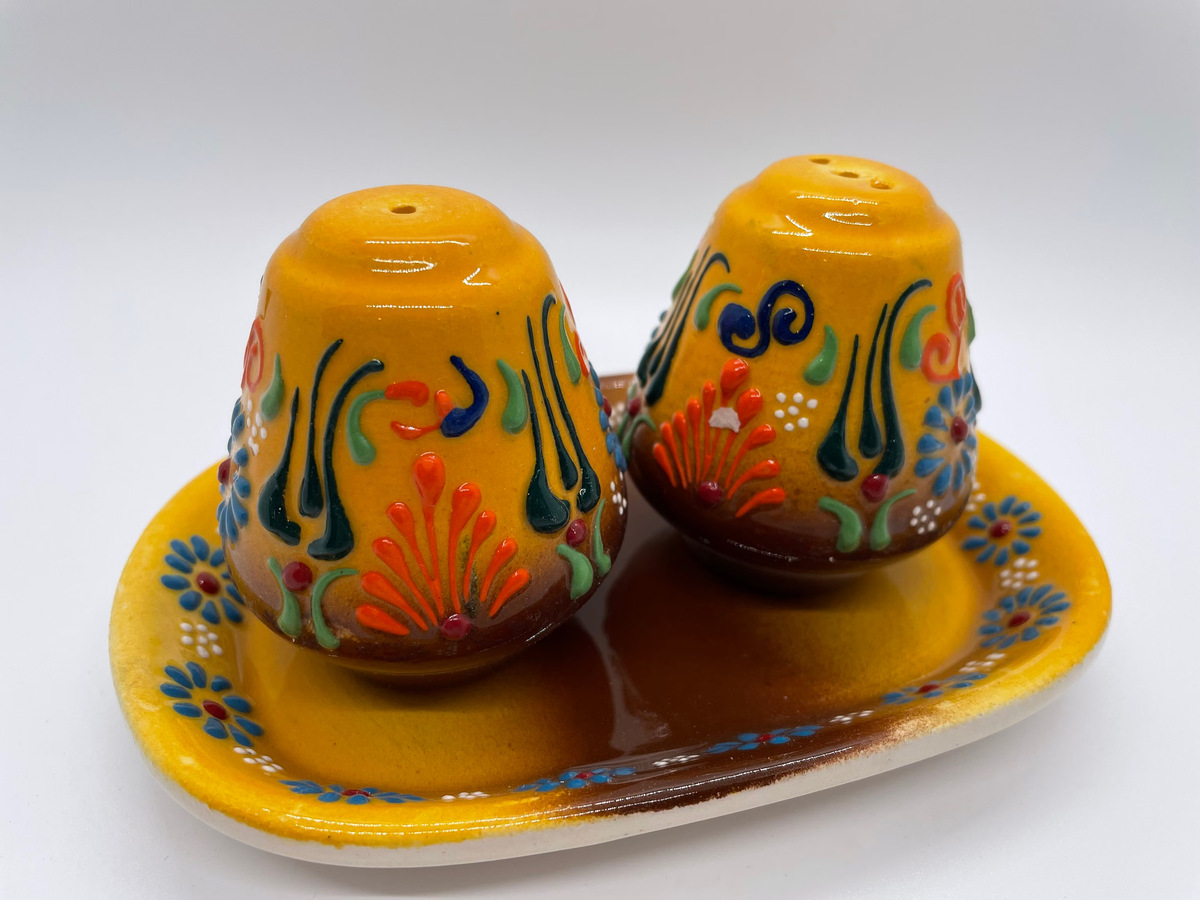
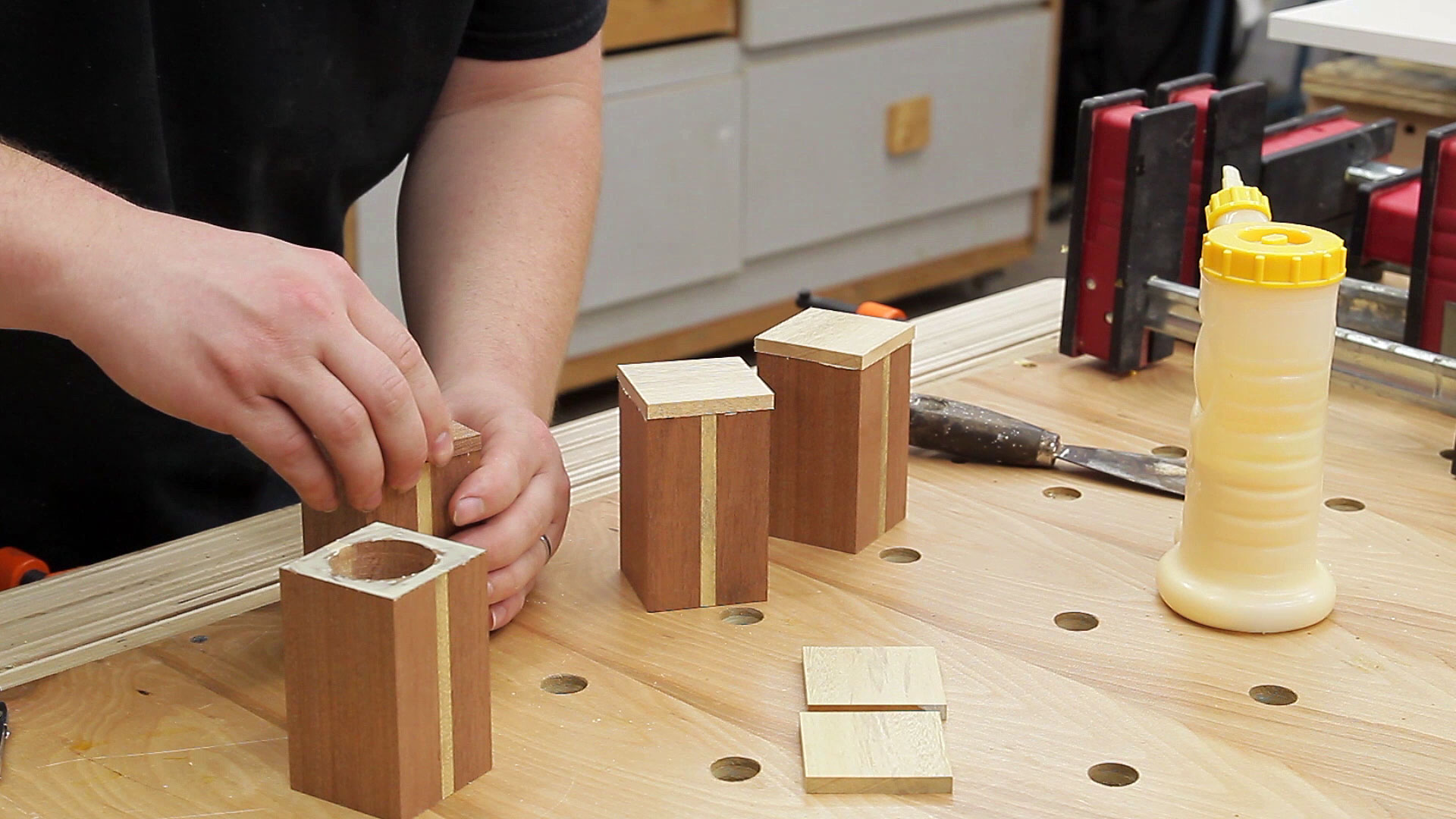
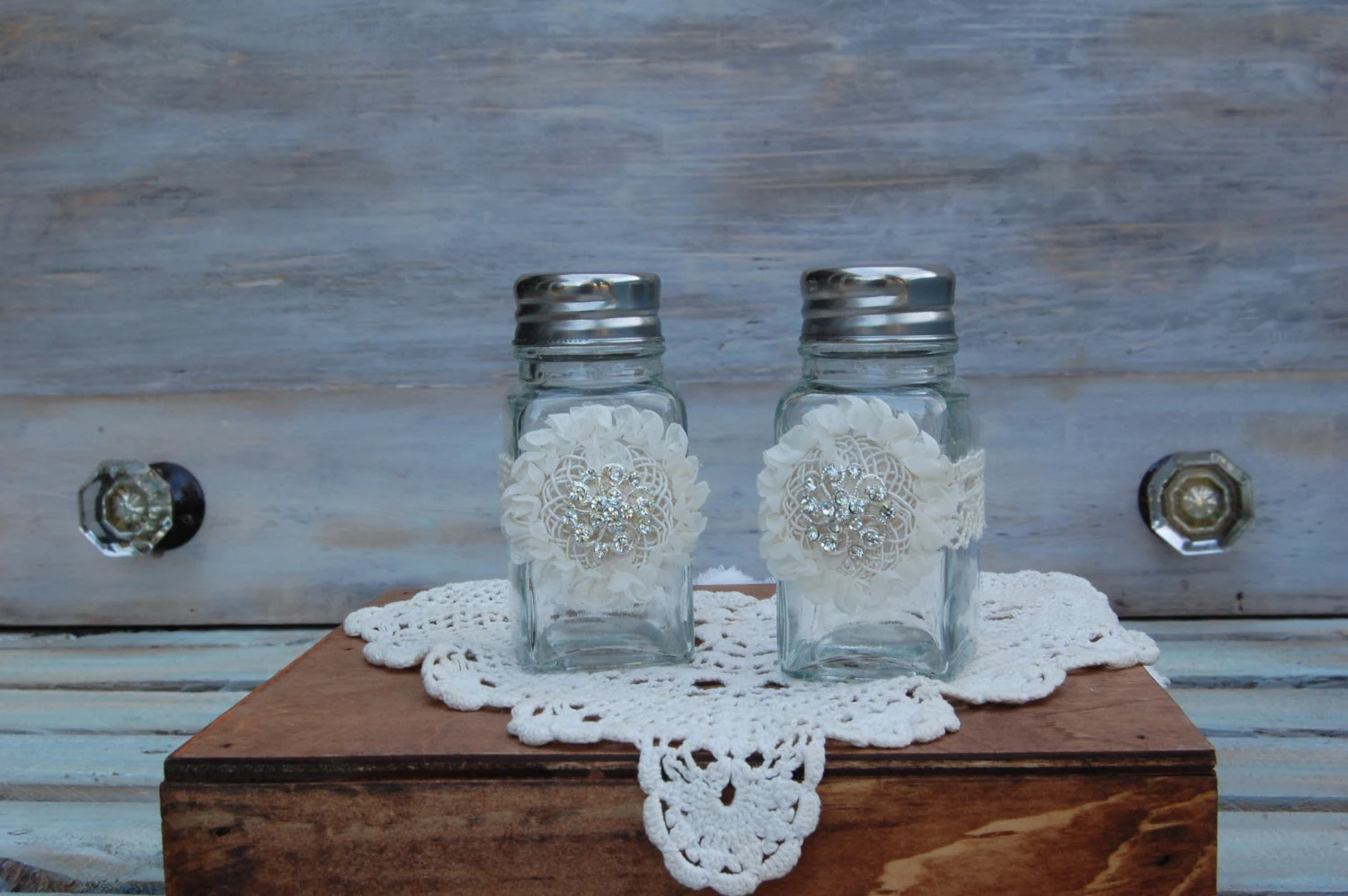
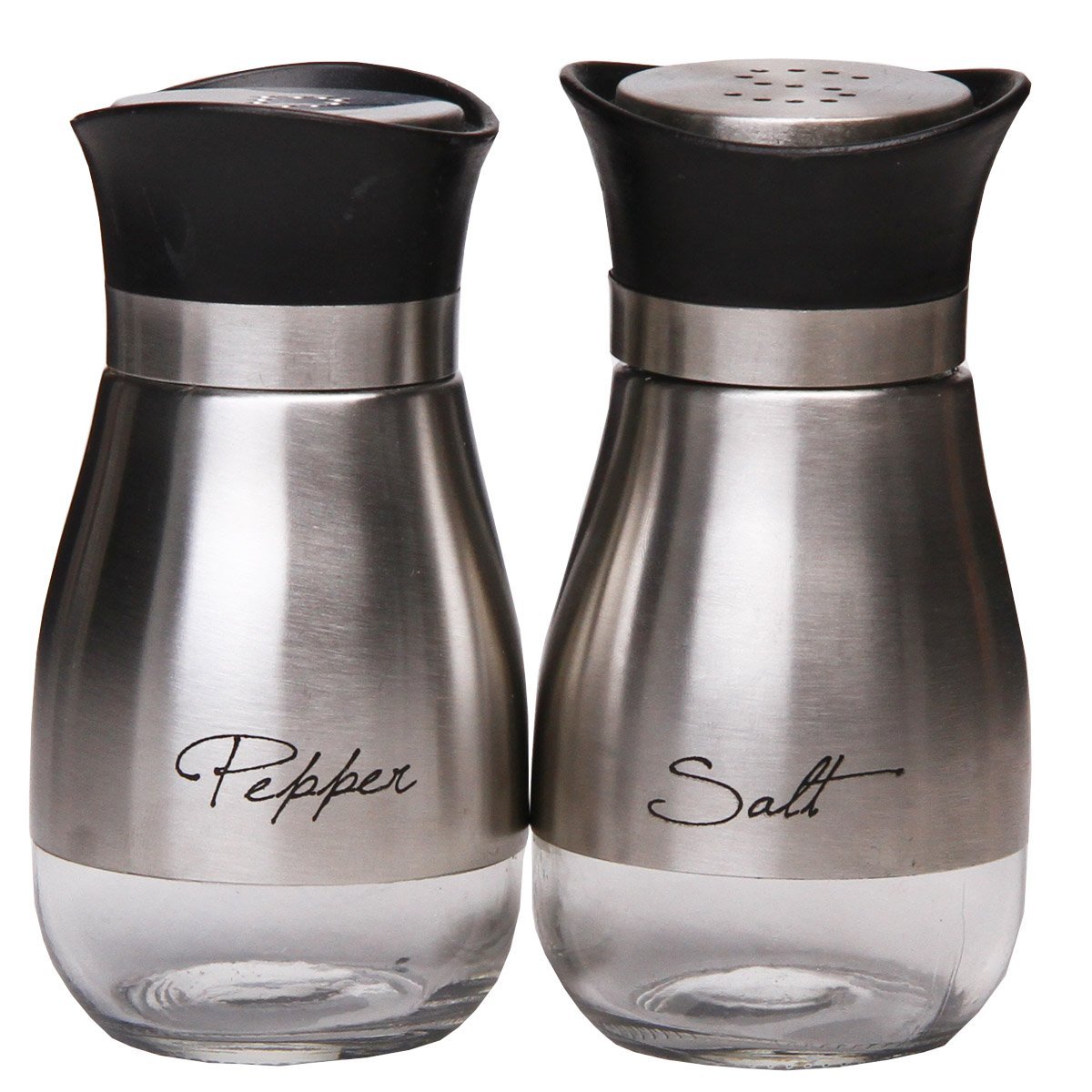
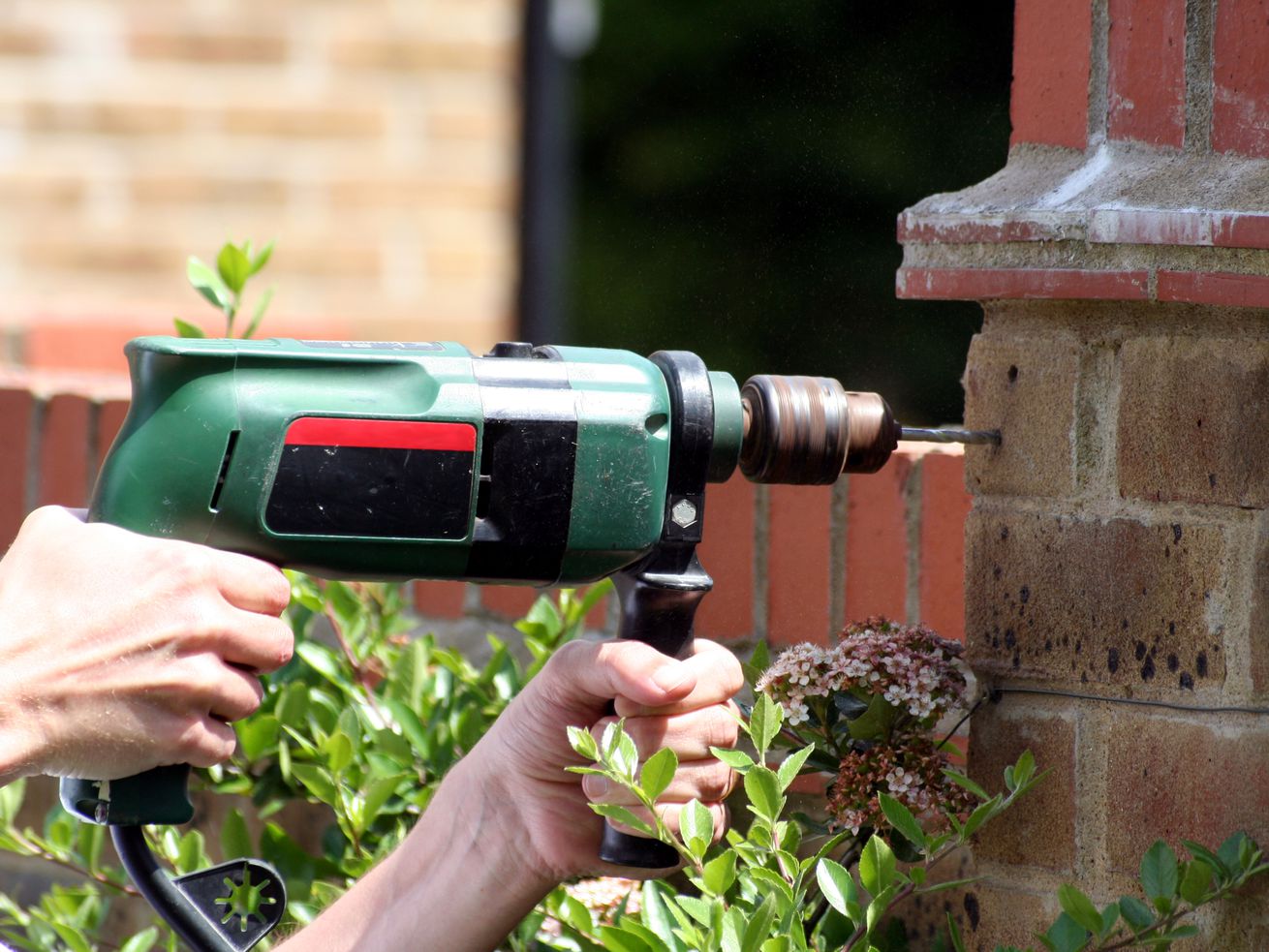
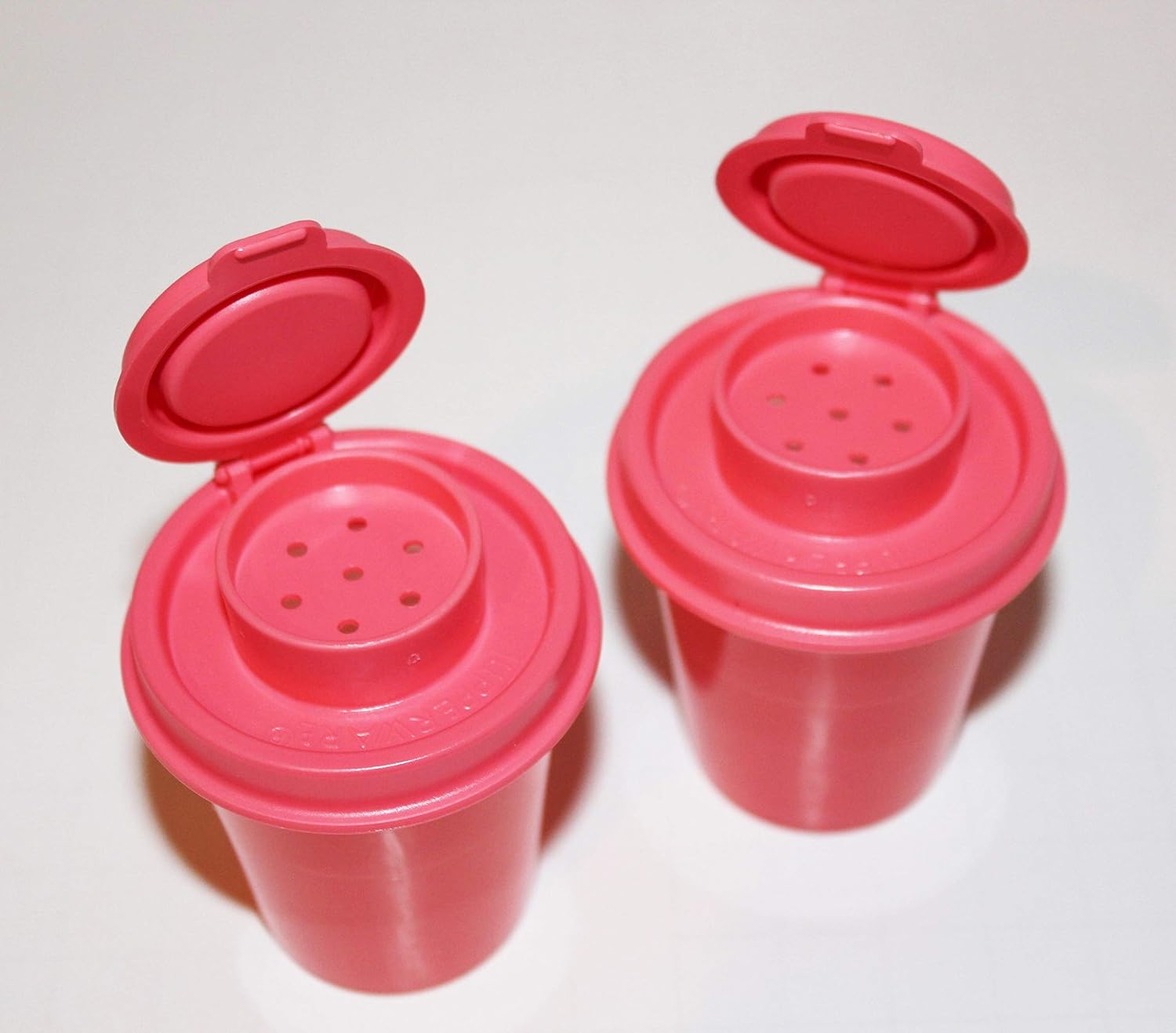
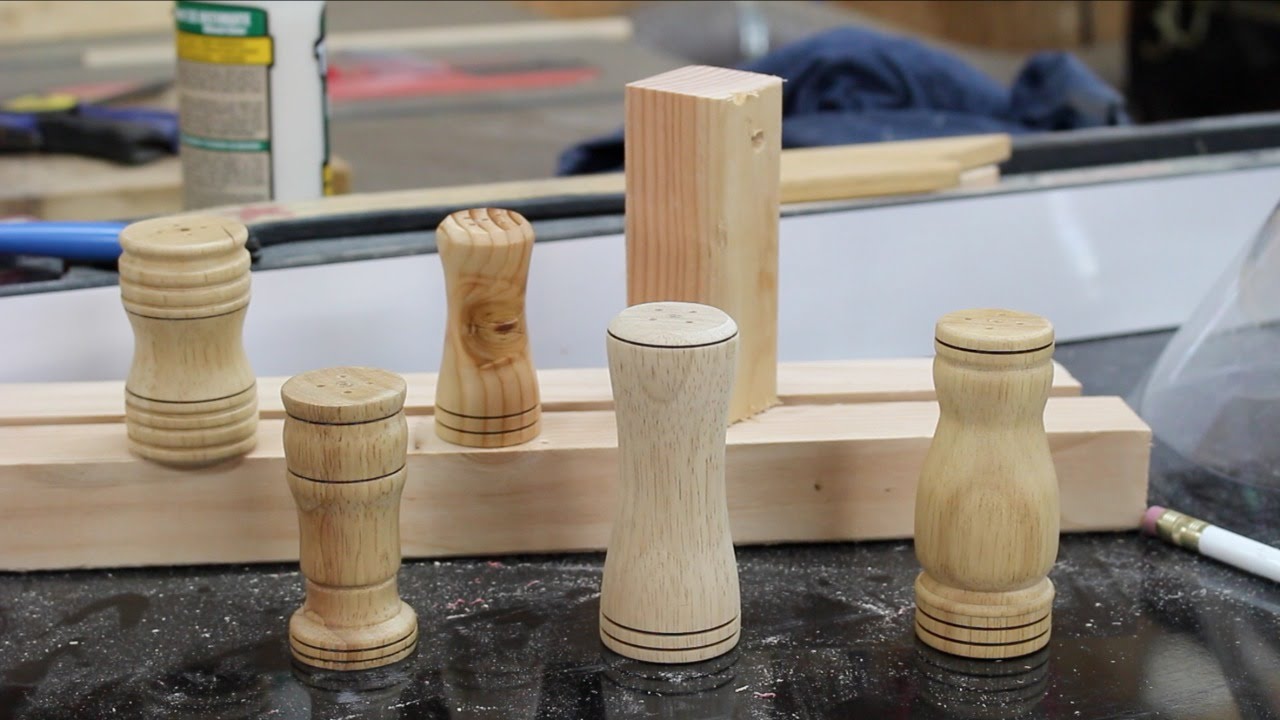
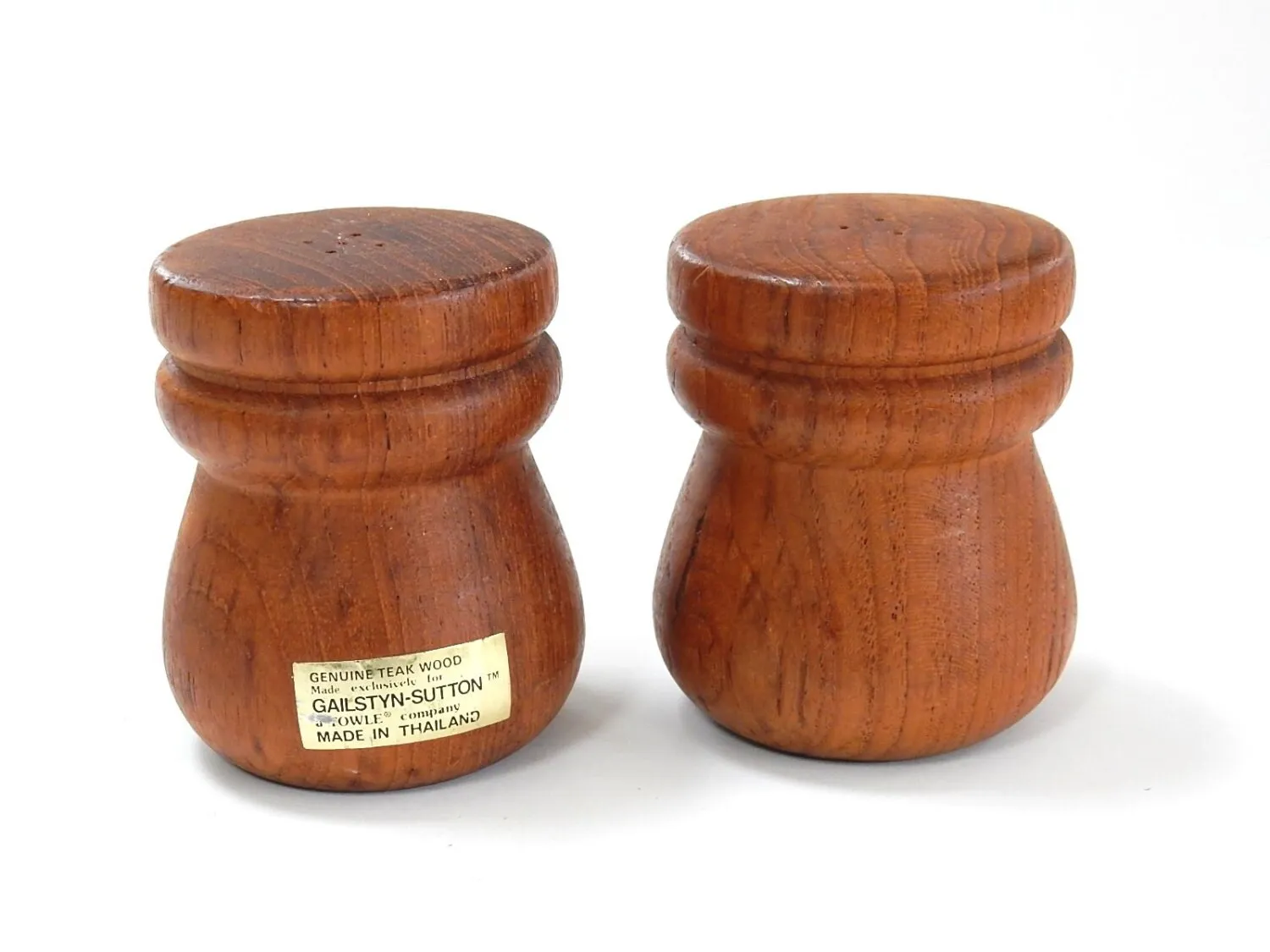
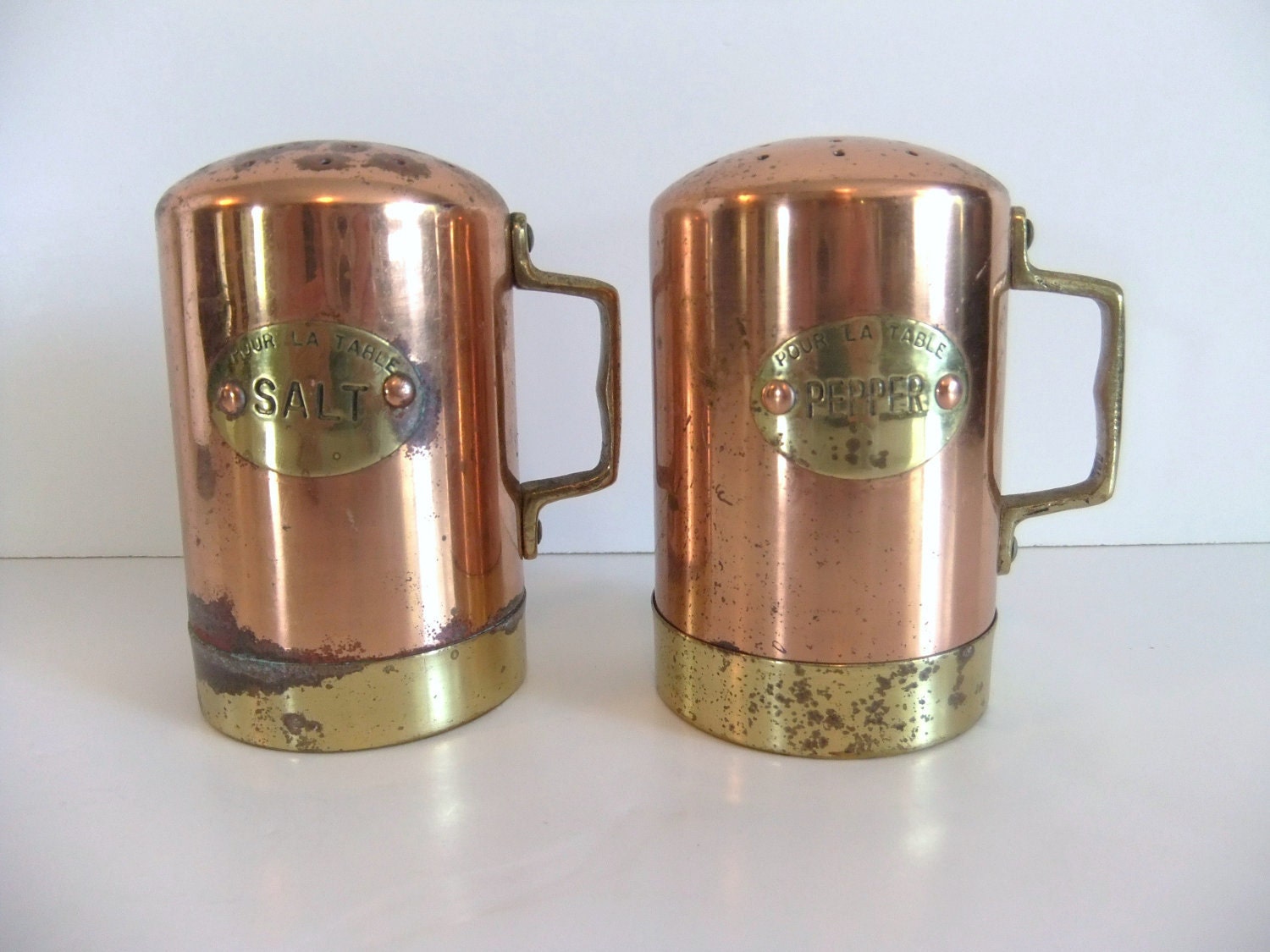
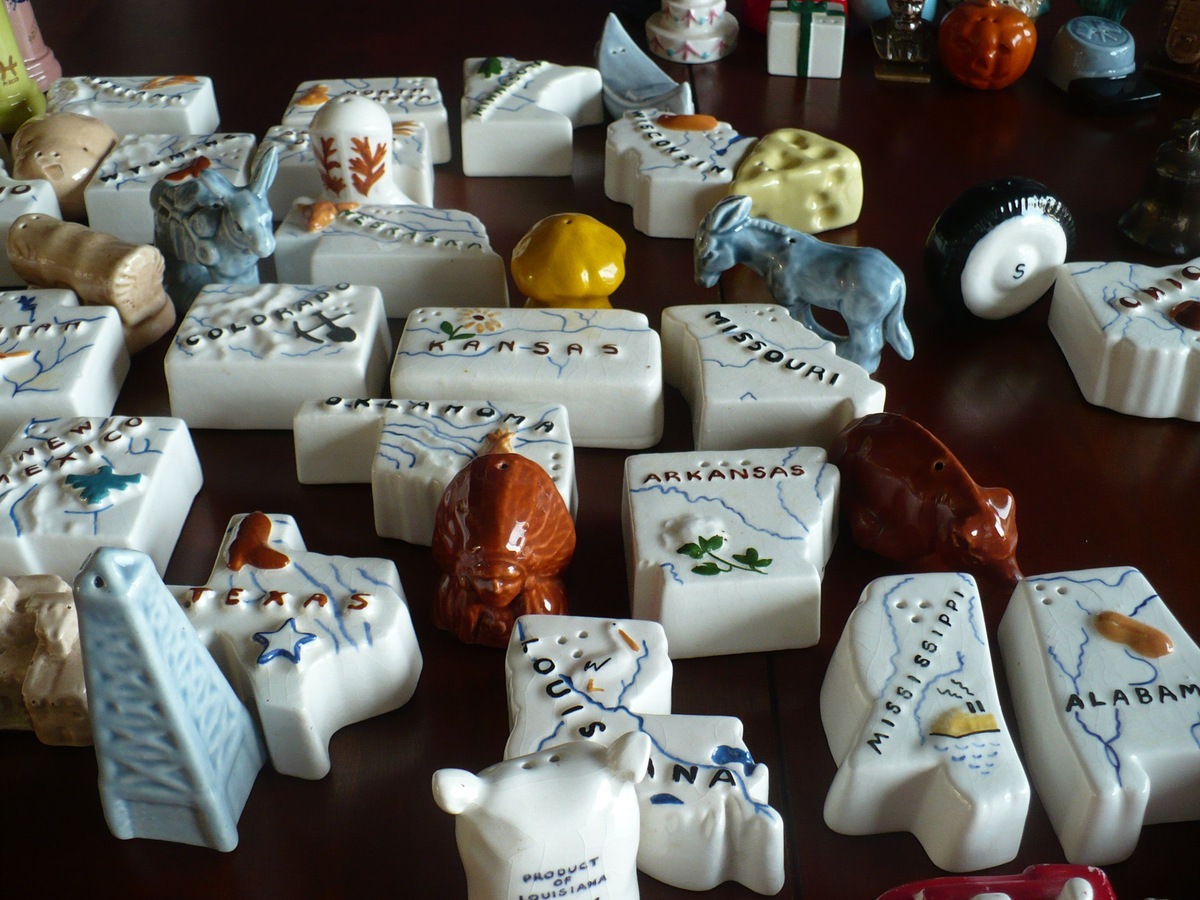
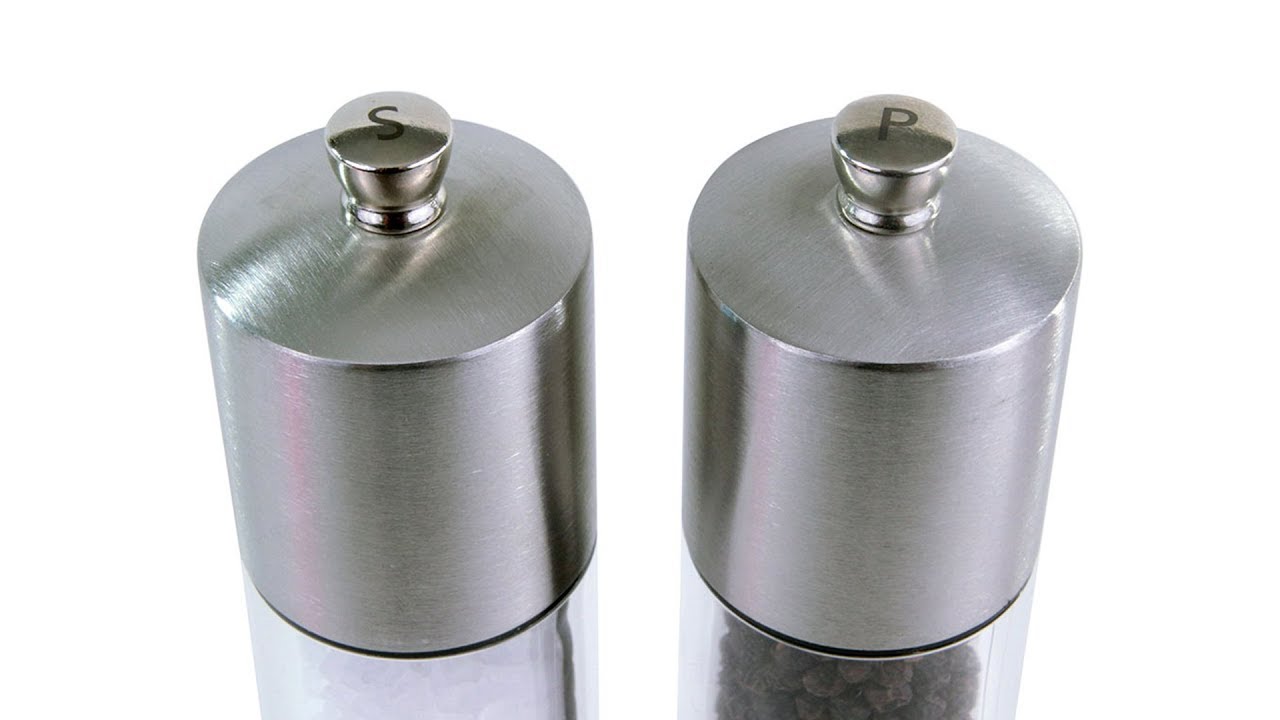
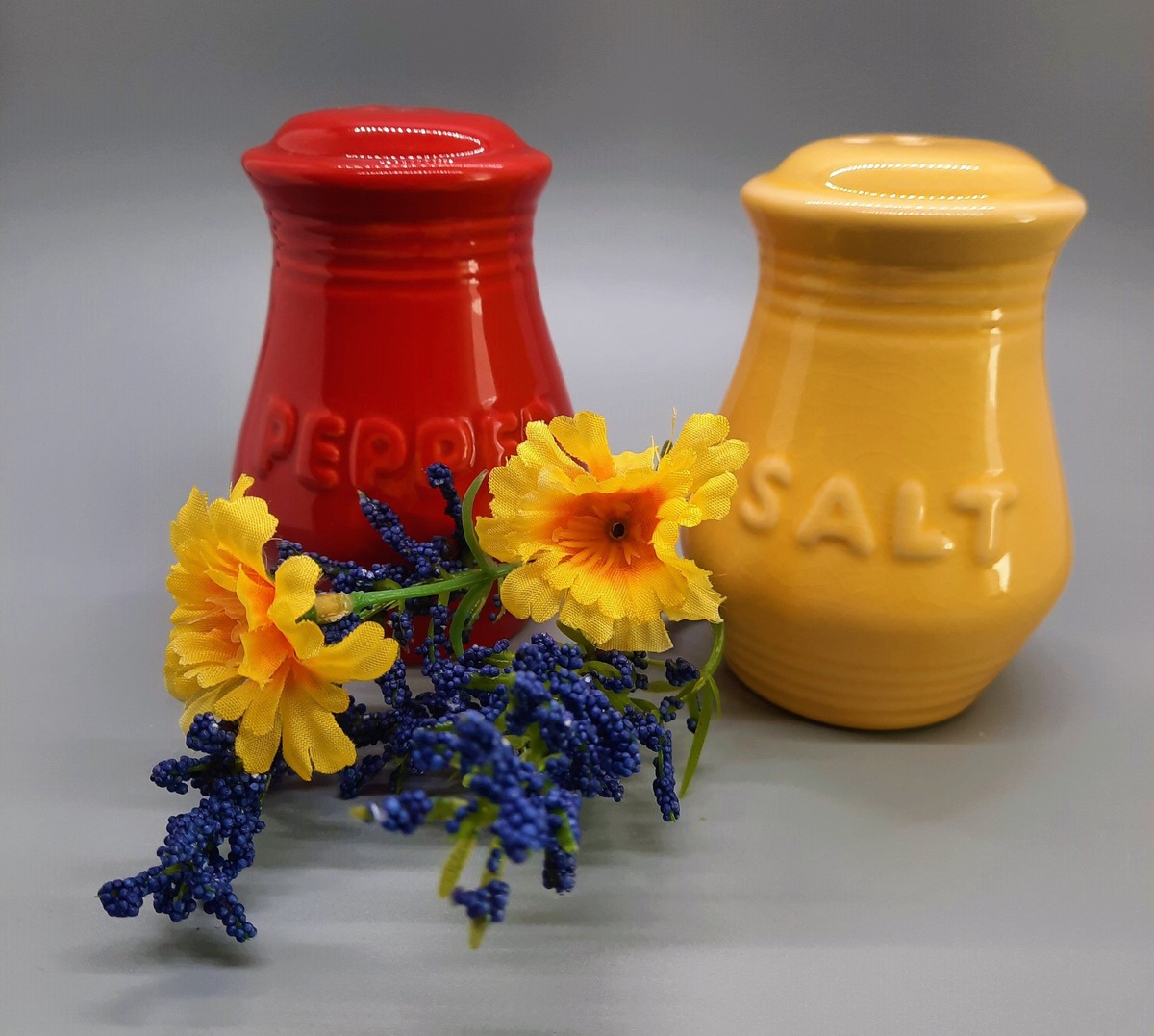
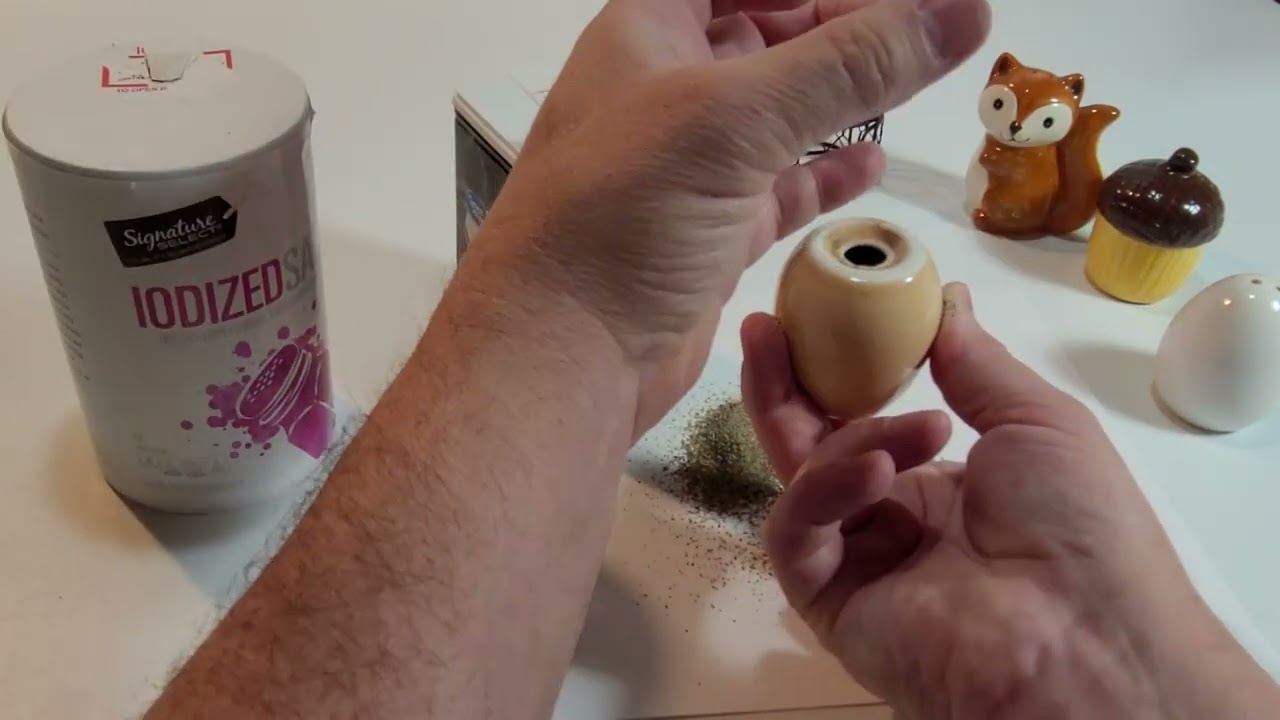
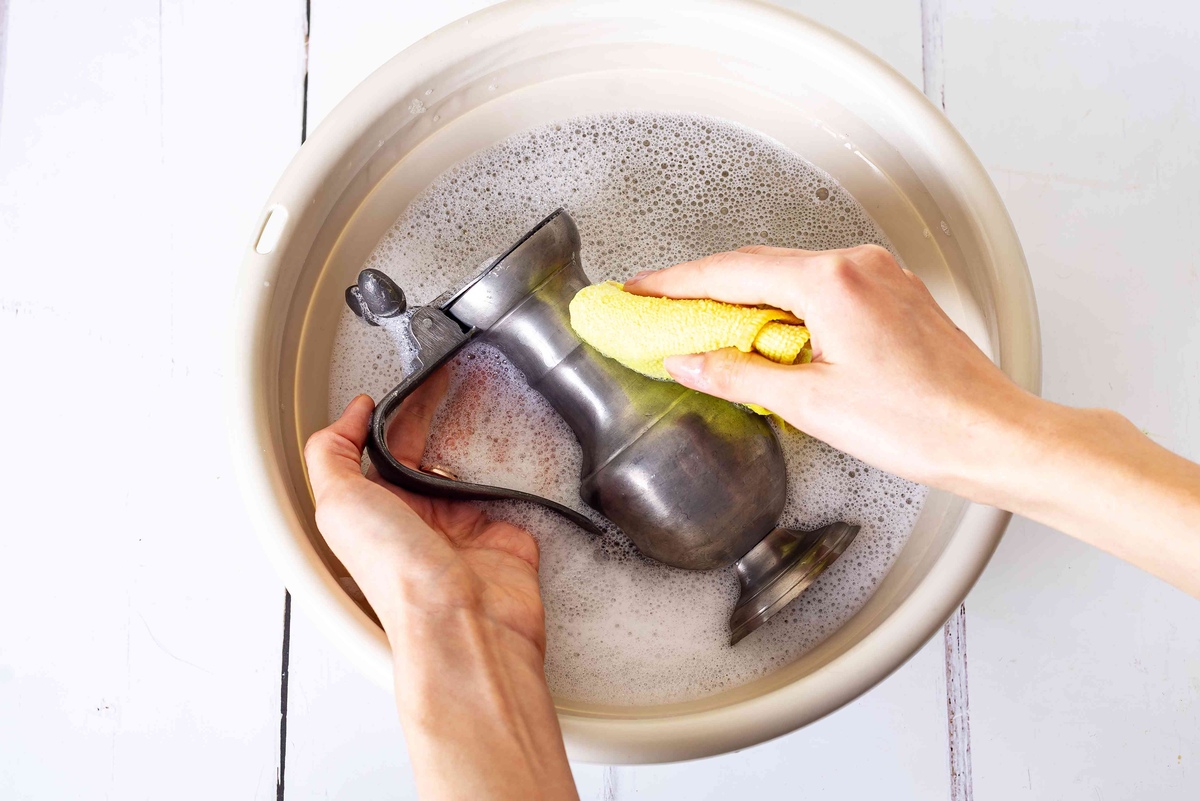

0 thoughts on “What Size Drill Bit Is Used For Salt And Pepper Shakers?”